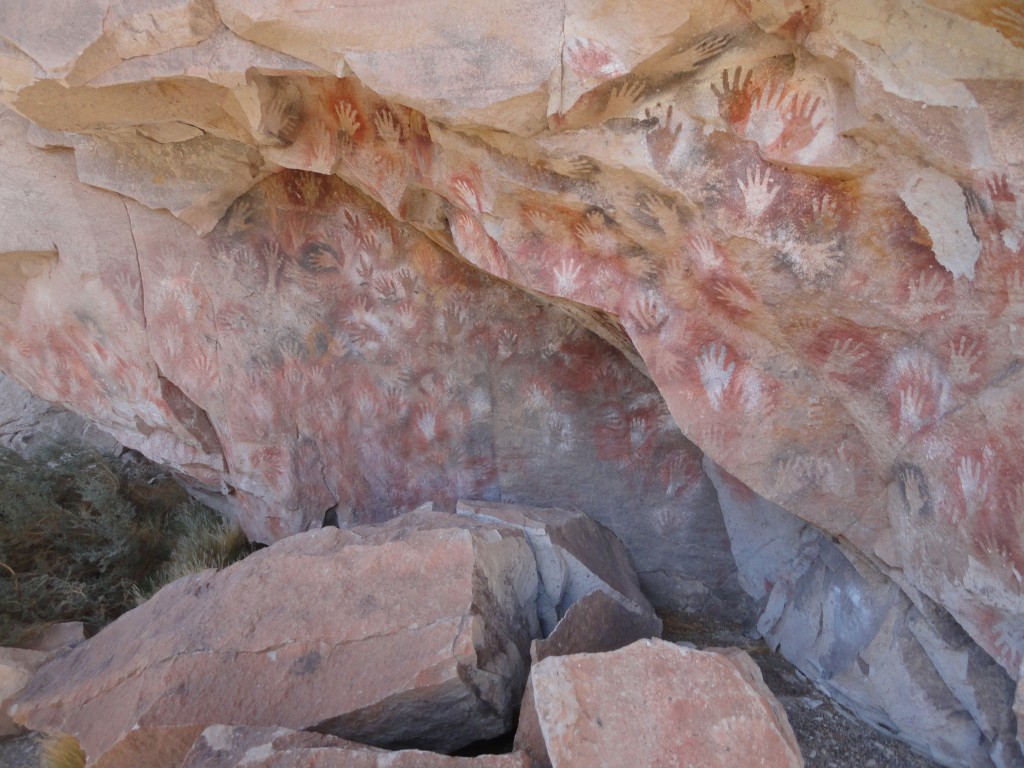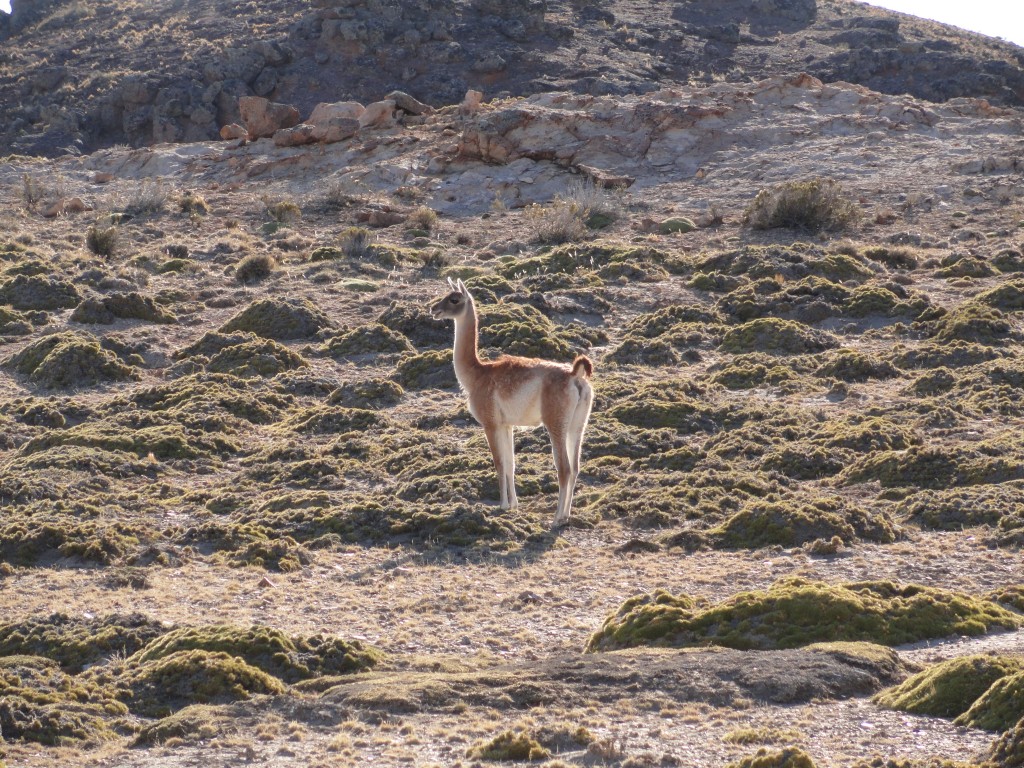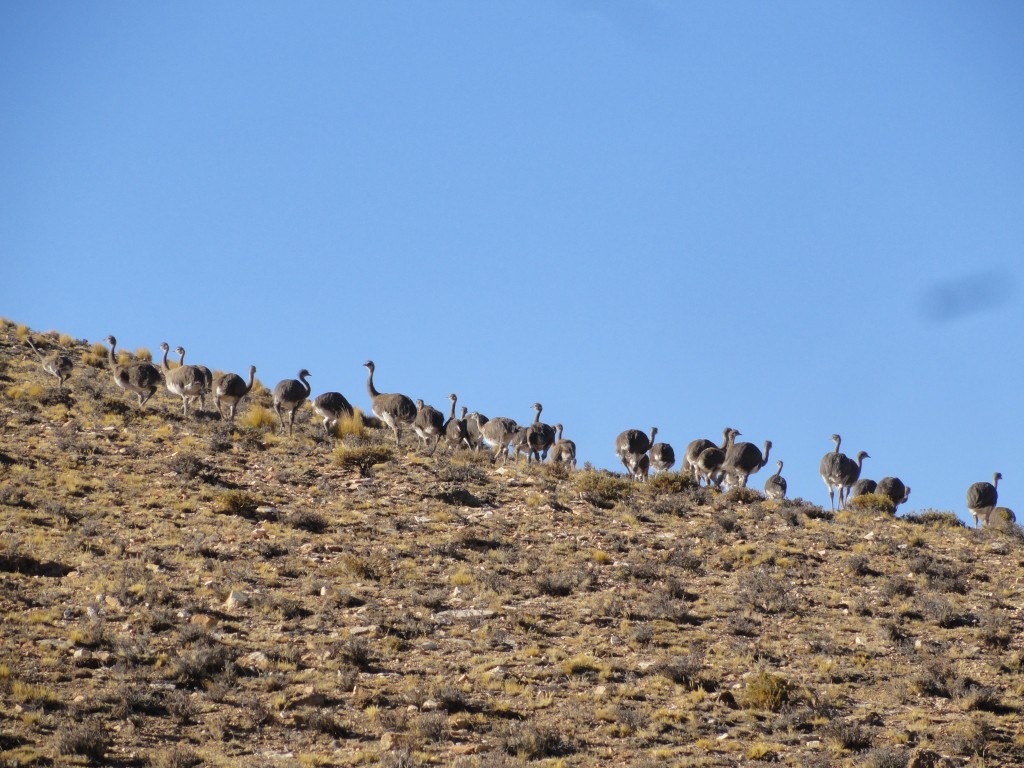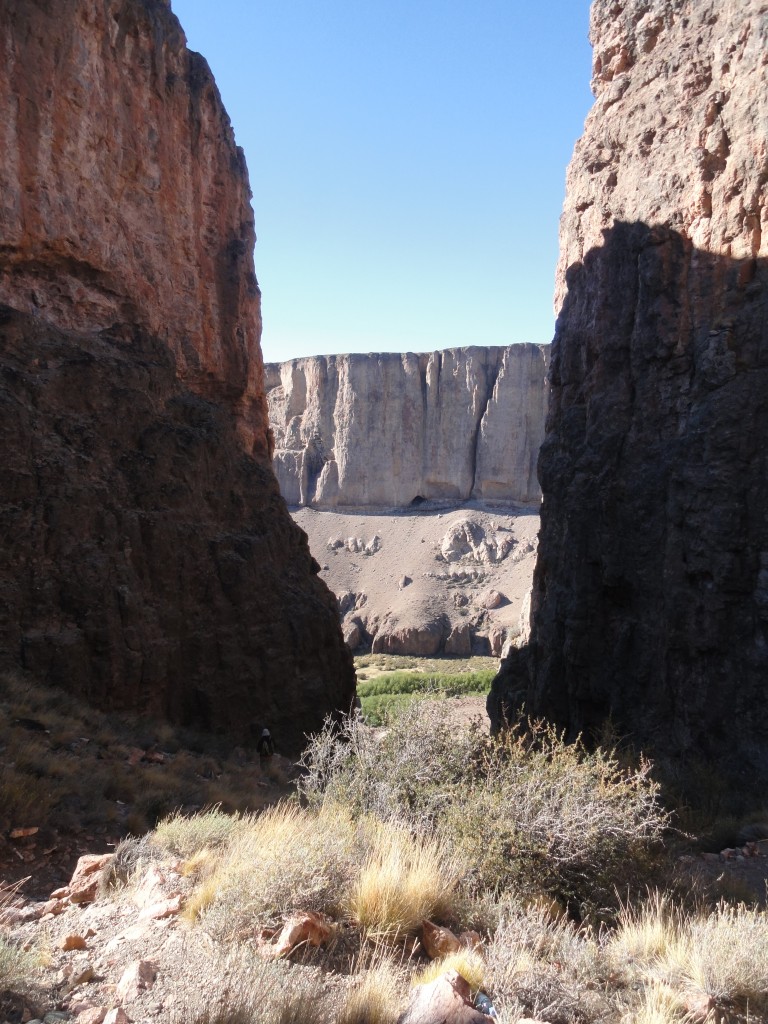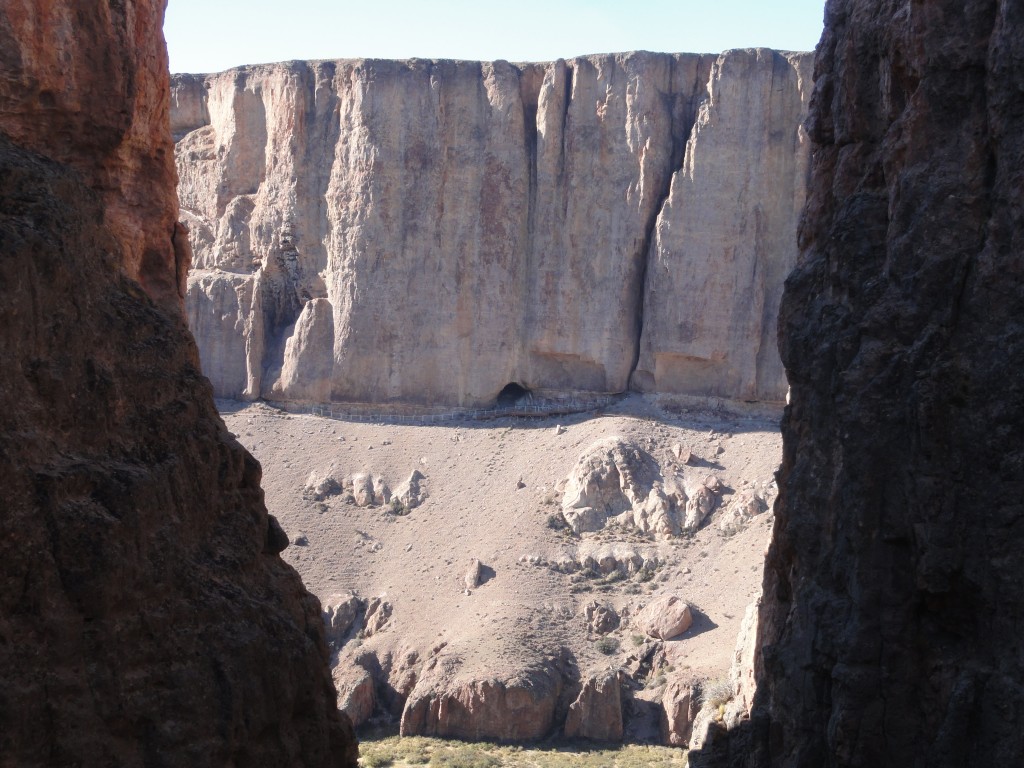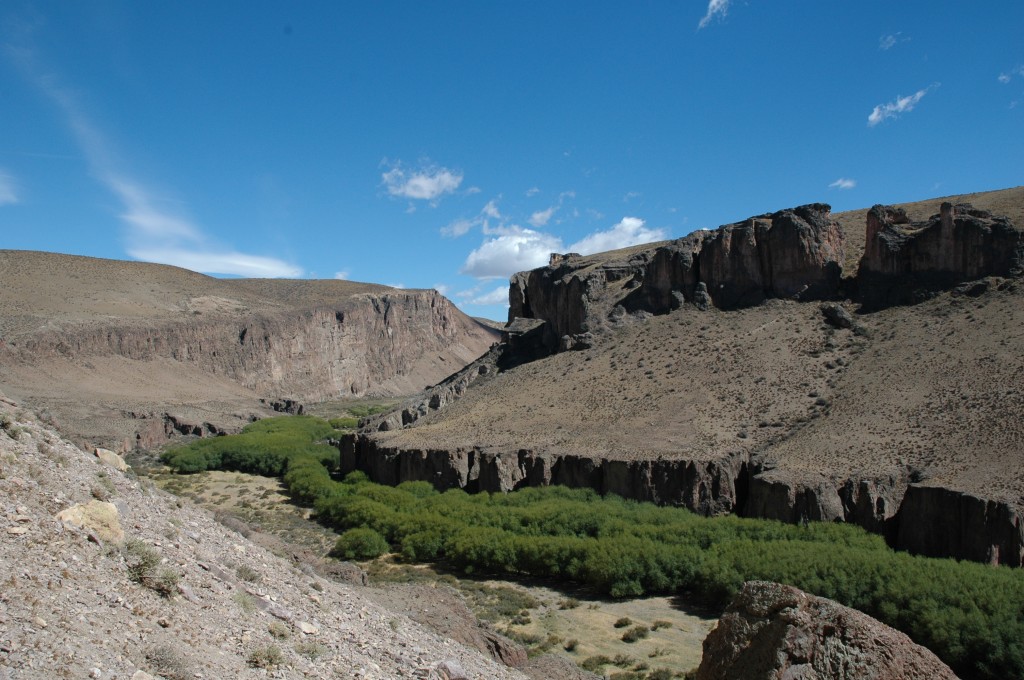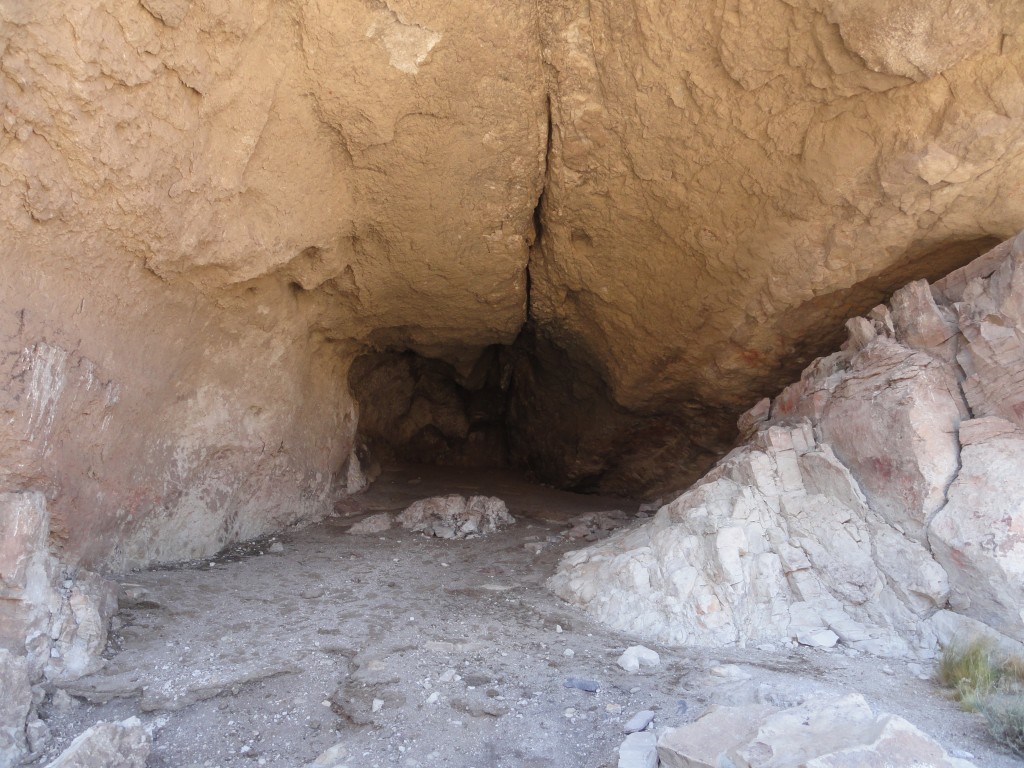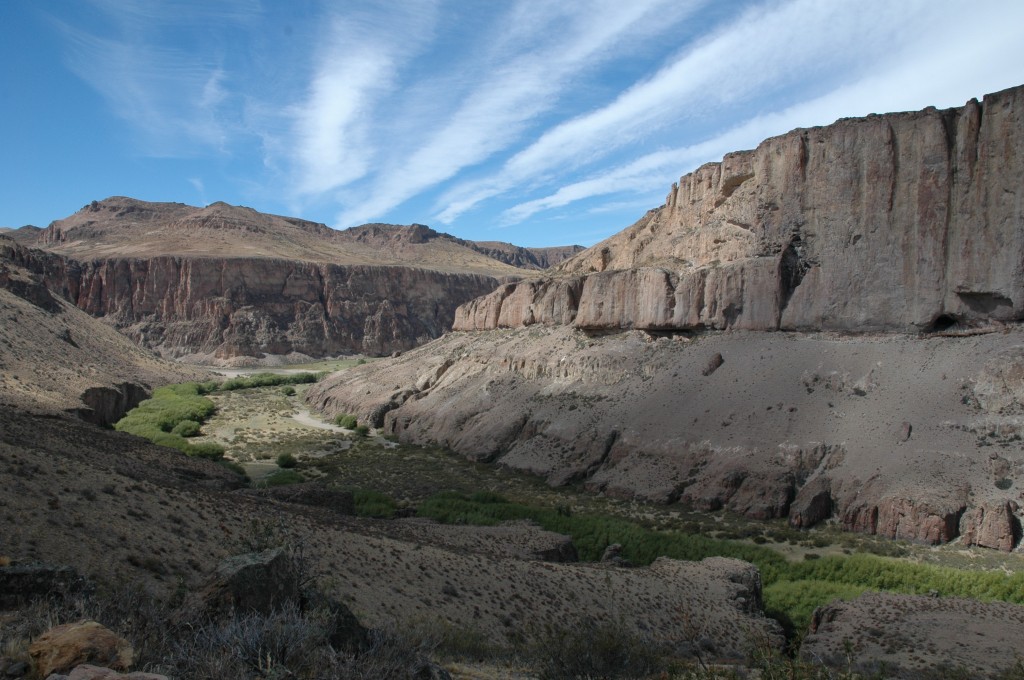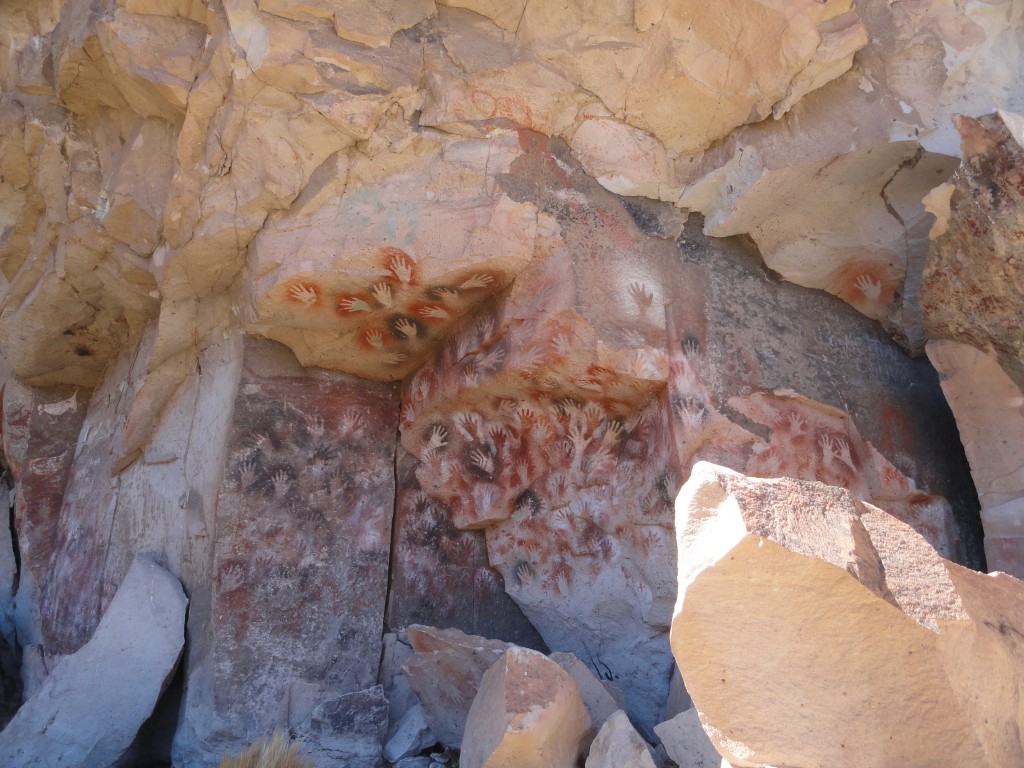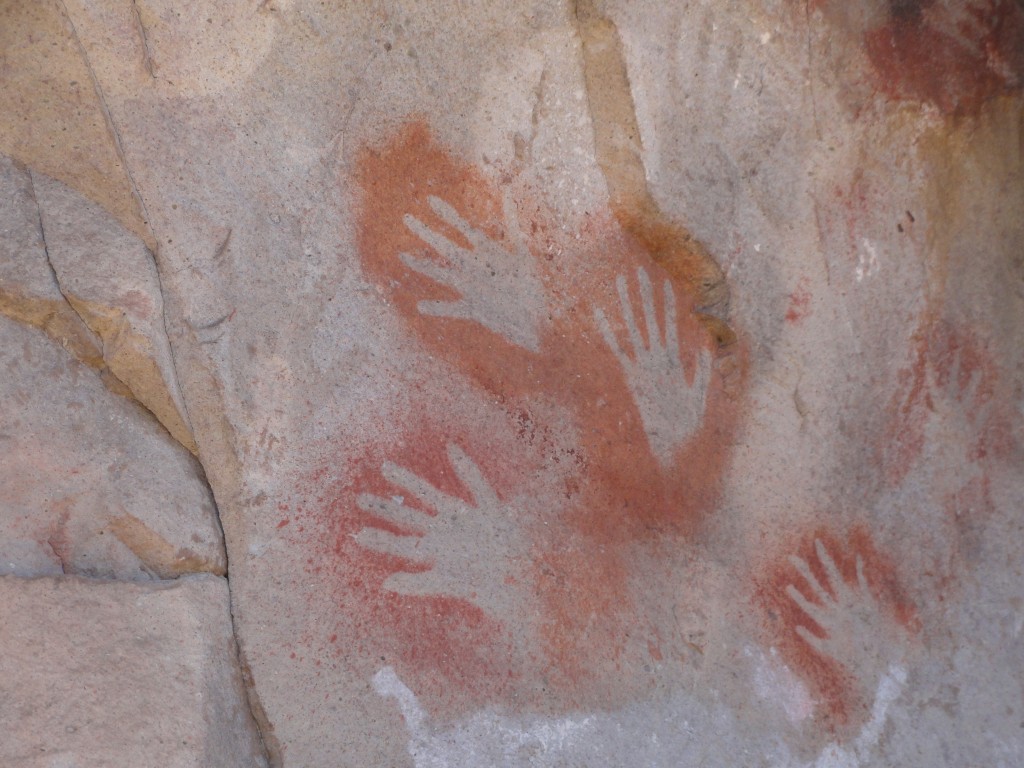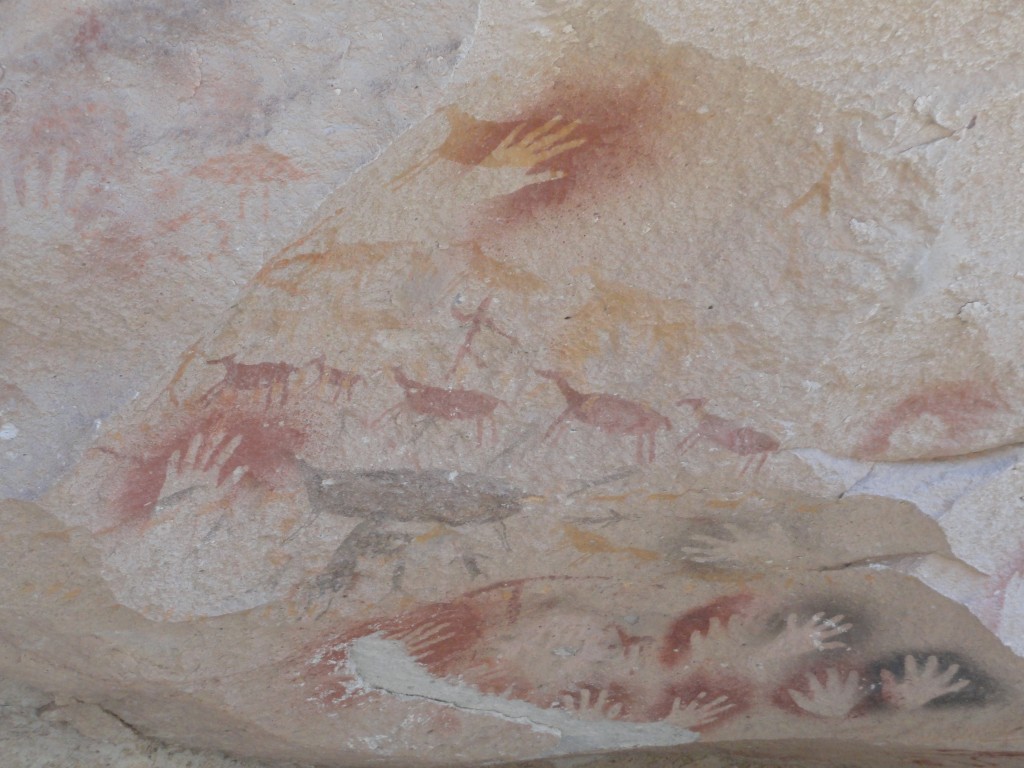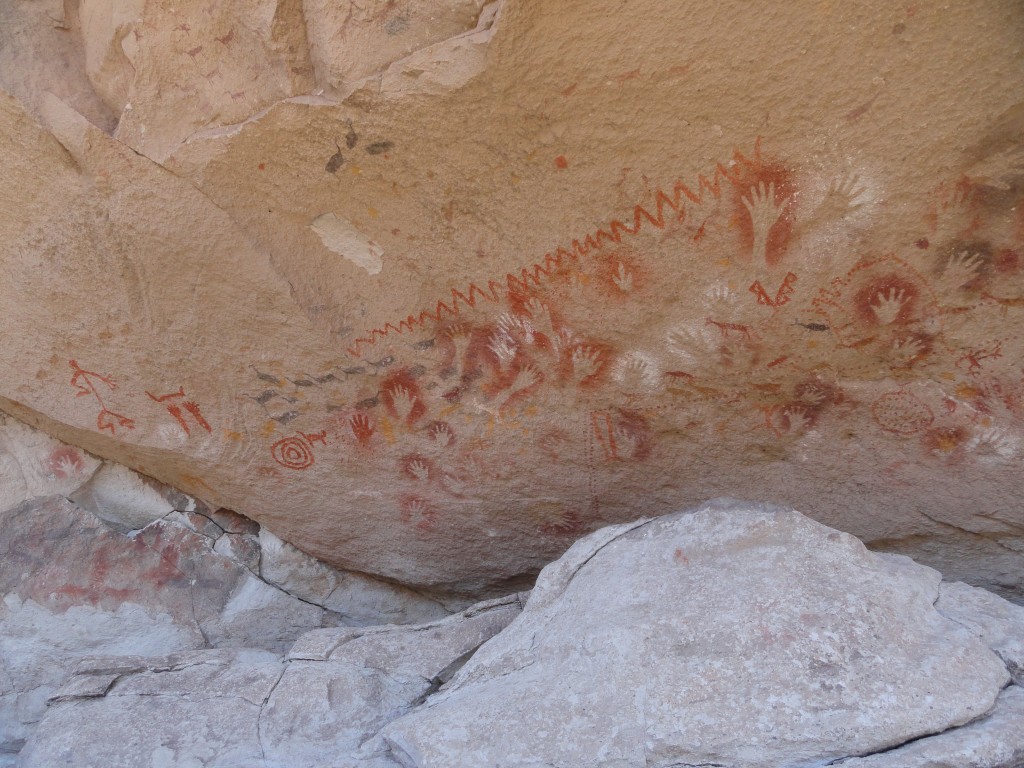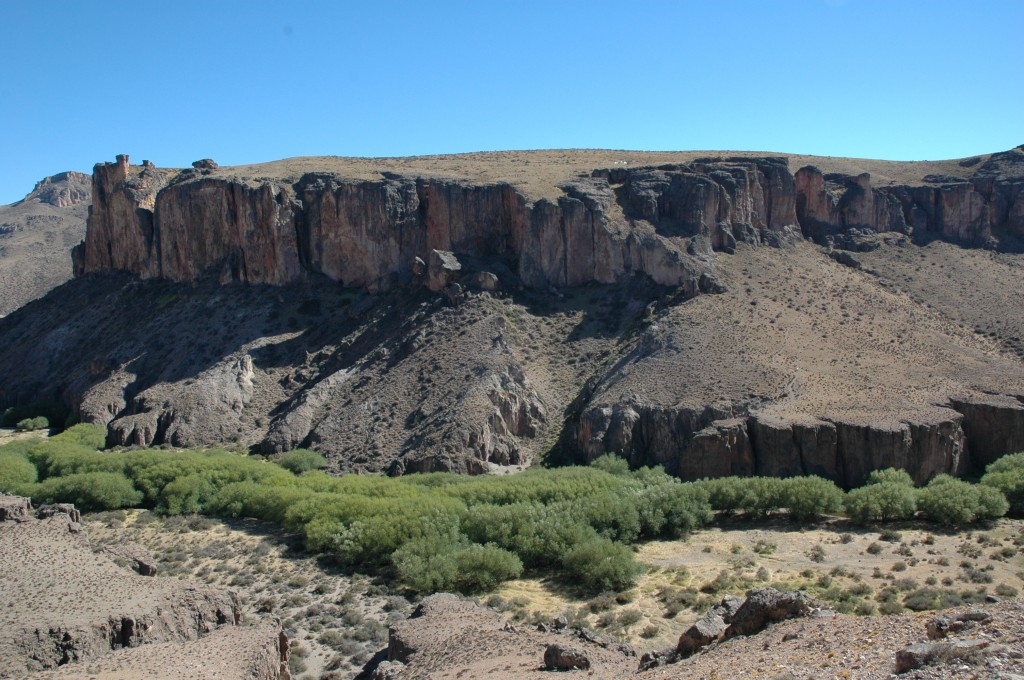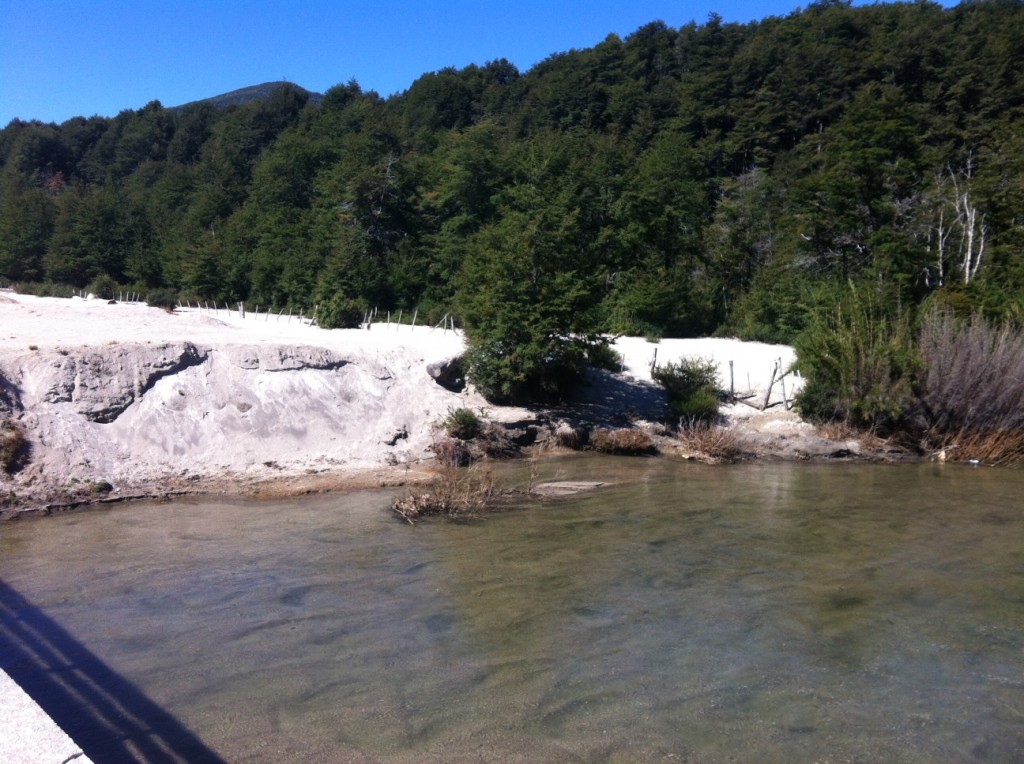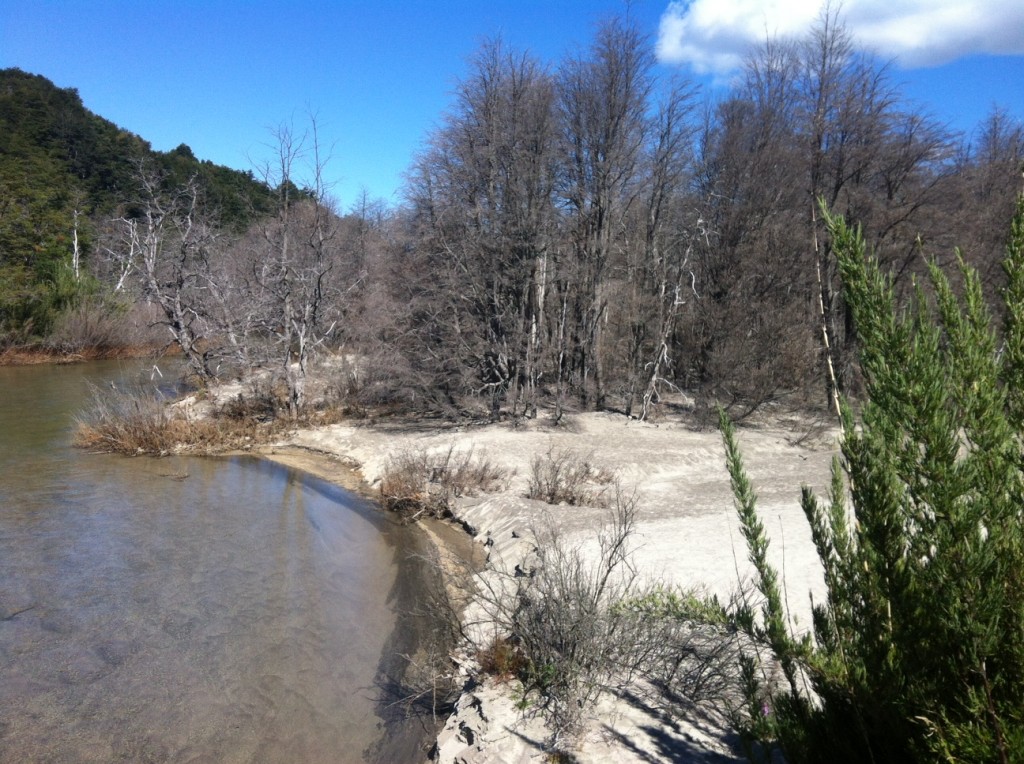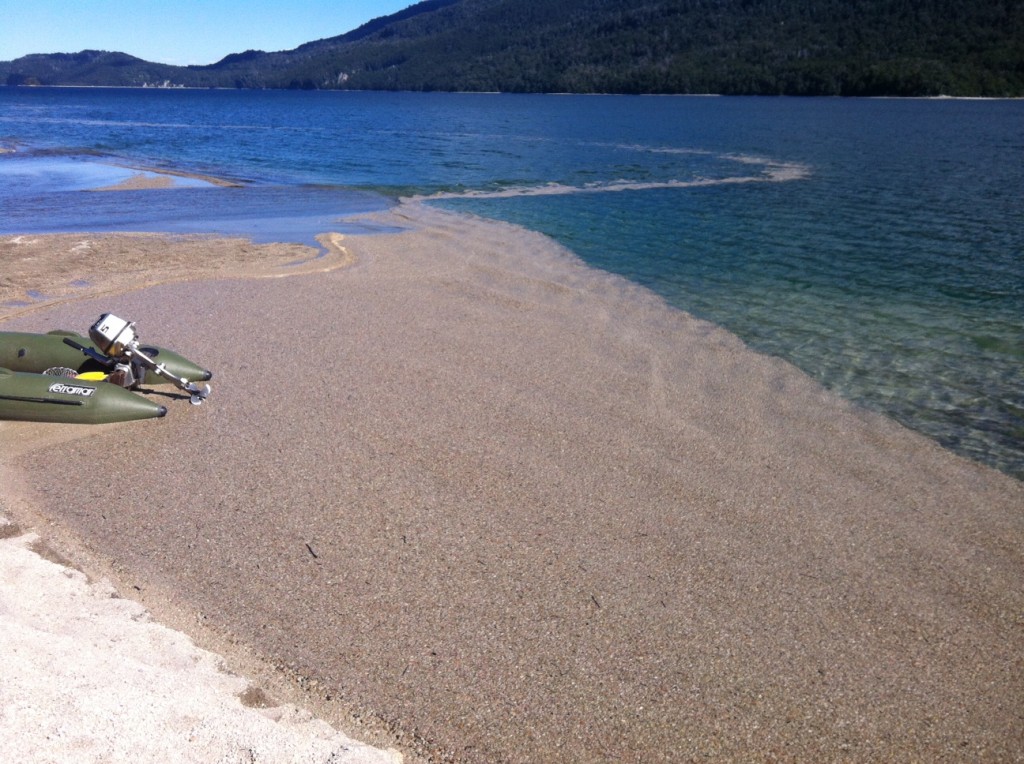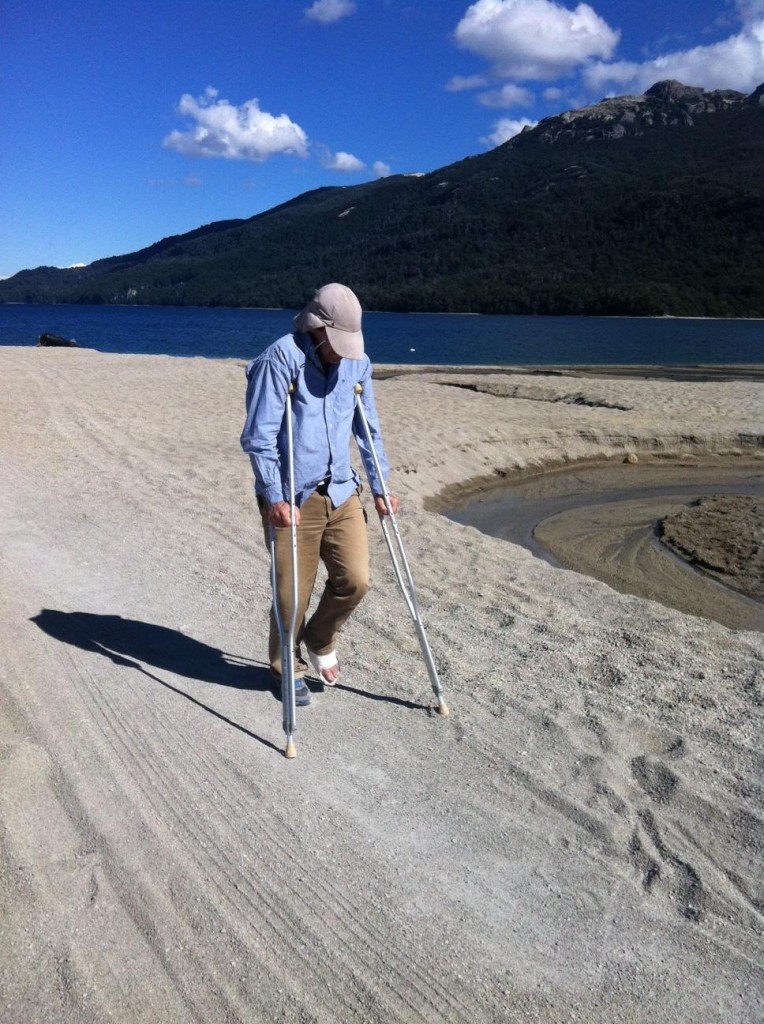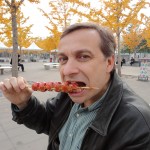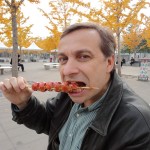 One year ago today I left behind the first half of my life. After more than 30 years as a working scientist I had decided to give up a comfortable salary for a life of (essentially) no income. I would become a poor starving writer.
One year ago today I left behind the first half of my life. After more than 30 years as a working scientist I had decided to give up a comfortable salary for a life of (essentially) no income. I would become a poor starving writer.
It was the best decision I ever made.
I loved my previous life. Well, most of it. But the parts I didn’t like had grown in proportion to the parts that excited me. Using my skills, my knowledge, and my personal connections with colleagues and clients, I made a large amount of money – for others. Sure, my salary was nice enough, but increasingly the benefits of my labor went to others, and those others seemed decreasingly appreciative of that fact. Abraham Lincoln’s line from his Second Inaugural Address about “wringing their bread from the sweat of other men’s faces” kept popping into mind. Not a perfect analogy, but close enough.
I learned a lot during all those years – about science, about business, about people. I also learned that science is often trumped by business concerns and people’s perceptions. I felt there was a growing need to communicate science to the public, and that scientists weren’t always very good at meeting that need. I decided to do something about that.
Coincident with this desire was some serendipity that led to publication of my first professional book, Tesla: The Wizard of Electricity. As the old saw grinds, “the stars aligned, angels’ voices rang down from the heavens” and all that not-so-scientifically-accurate metaphorical interlude. In real terms, stuff fell into place and it became clear this was the time to take the risk. So I did.
So where am I this one year later? I’ve traveled a bit, though not as much as I would have liked. One highlight of 2014 is an amazing trip to Argentina, with several smaller and more local trips throughout the year. I’ll squeeze in a few more jaunts before New Year’s and am busy planning for 2015 (Peru? China? Rushmore?). Science Traveling will play an increasingly important role in my future.
I’m also writing. Tesla: The Wizard of Electricity was back in Barnes and Noble stores mid-summer and was selling faster than it did last year (in fact, sales in the first 6 weeks already nearly matched all last year). To this I added a second book, an e-book exclusive to Amazon called Nikola Tesla: Renewable Energy Ahead of Its Time. More books are in the works, including my opus on Abraham Lincoln’s interest in science. Add in some manuscript editing, magazine articles, newsletter writing, and even some grant requests (plus my blogs, which I’ll reveal more about later), and yes, I’ve been keeping incredibly busy. All in an effort to bring science to the public – to make science fun again.
Finally, as I wind down my final year of the presidential cycle for the regional SETAC Chapter, I begin my first year in a leadership role with the Lincoln Group of the District of Columbia. As the director of outreach and education for LGDC I’m working with an engaged group of Lincoln scholars and aficionados to celebrate the life of Abraham Lincoln and ignite a new generation of interest. His “science geekiness” bridges my lifelong interest in Lincoln with my lifelong career in science. A perfect prelude to my forthcoming book. 🙂
I can confidently acknowledge that it’s a very happy anniversary indeed. The first of many.
David J. Kent has been a scientist for thirty-five years, is an avid science traveler, and an independent Abraham Lincoln historian. He is the author of Tesla: The Wizard of Electricity (now in its 5th printing) and two e-books: Nikola Tesla: Renewable Energy Ahead of Its Time and Abraham Lincoln and Nikola Tesla: Connected by Fate. His book on Thomas Edison is due in Barnes and Noble stores in spring 2016.
Follow me by subscribing by email on the home page. And feel free to “Like” my Facebook author’s page and connect on LinkedIn. Share with your friends using the buttons below.



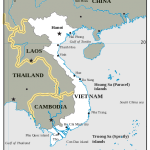 I went to Hanoi before going to Hanoi became cool. Long after the Vietnam War but before the United States normalized relations with the unified communist nation, my first major trip out of the country was to a place that remains very much foreign to most Americans.
I went to Hanoi before going to Hanoi became cool. Long after the Vietnam War but before the United States normalized relations with the unified communist nation, my first major trip out of the country was to a place that remains very much foreign to most Americans.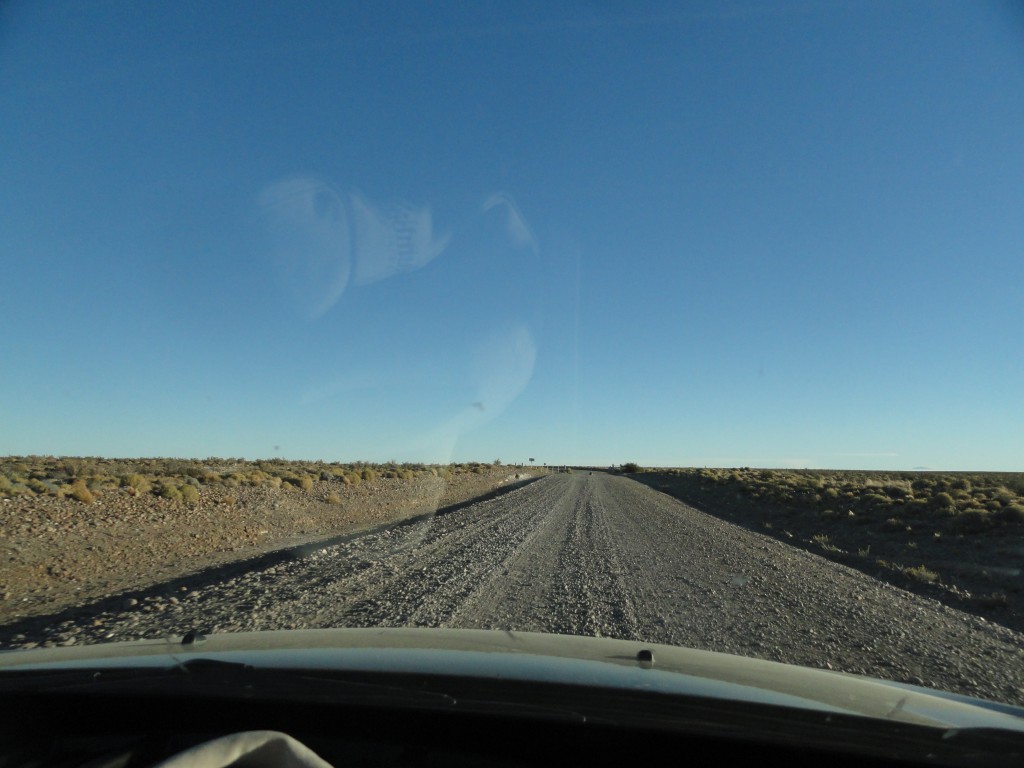
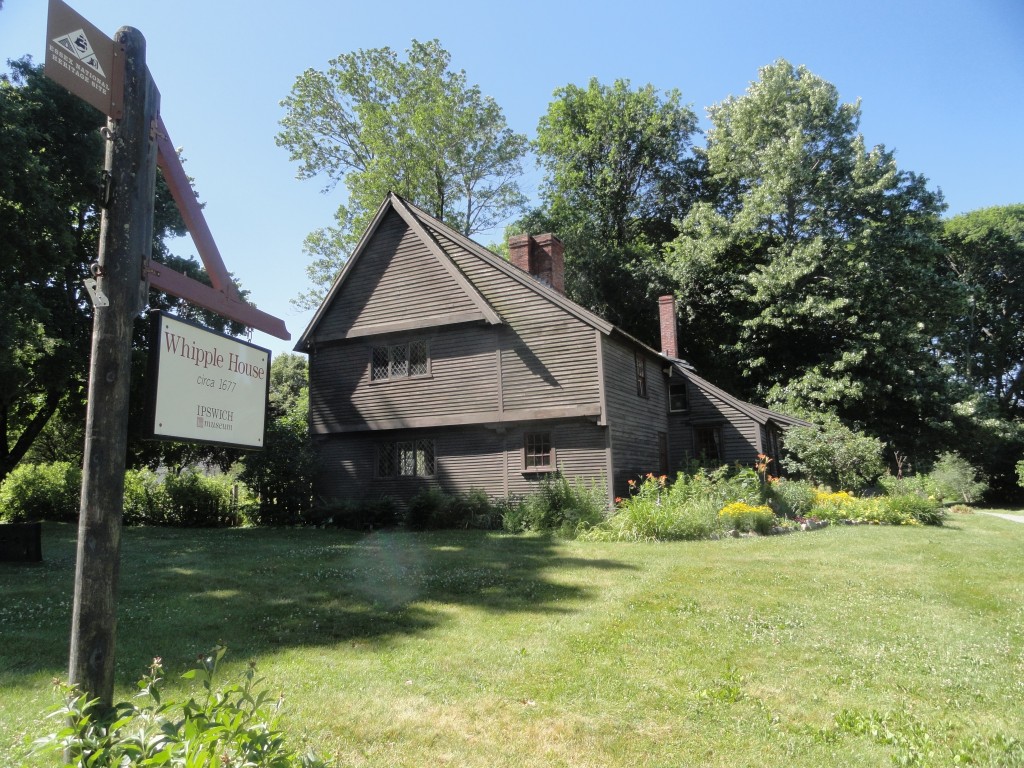
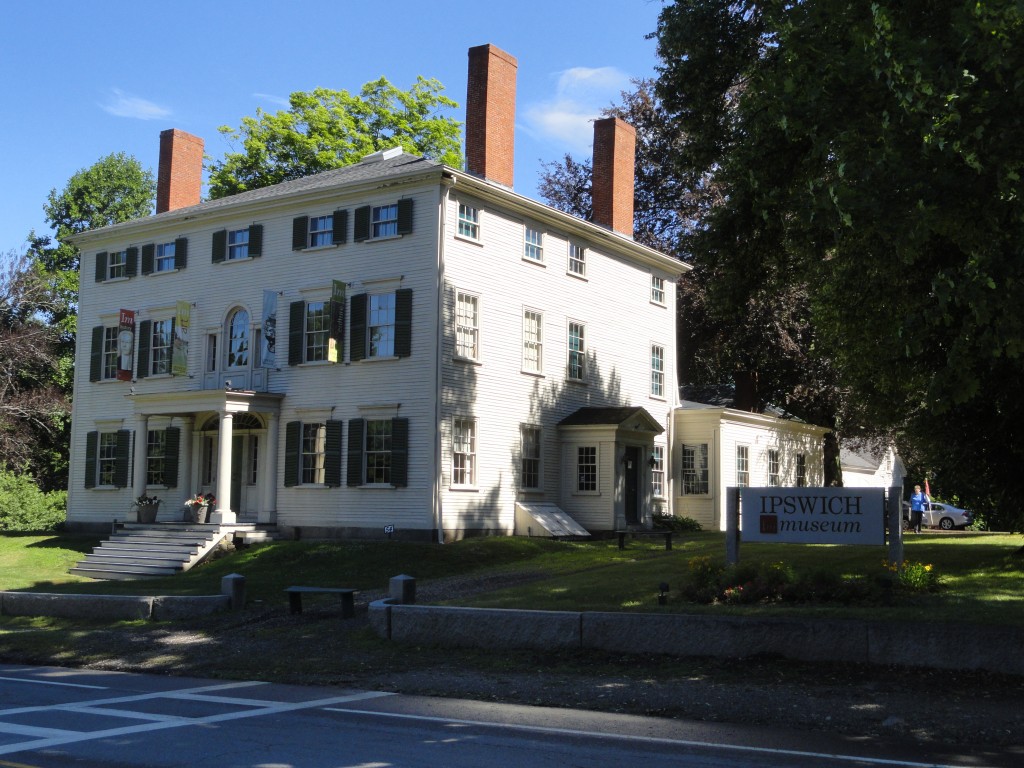
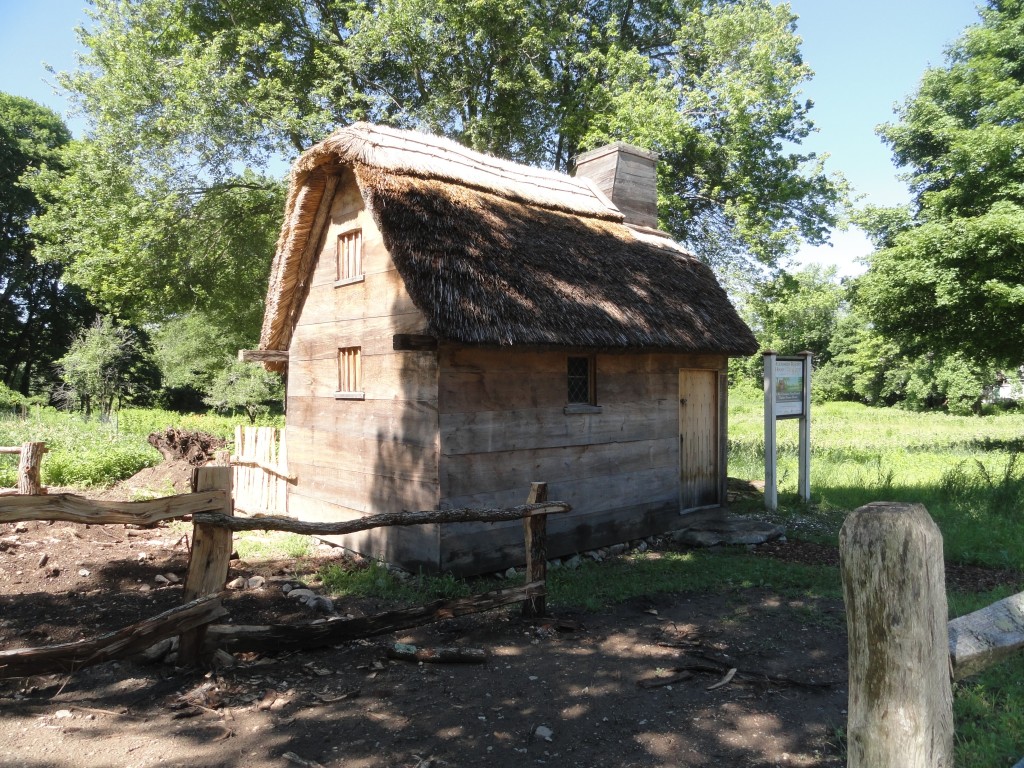
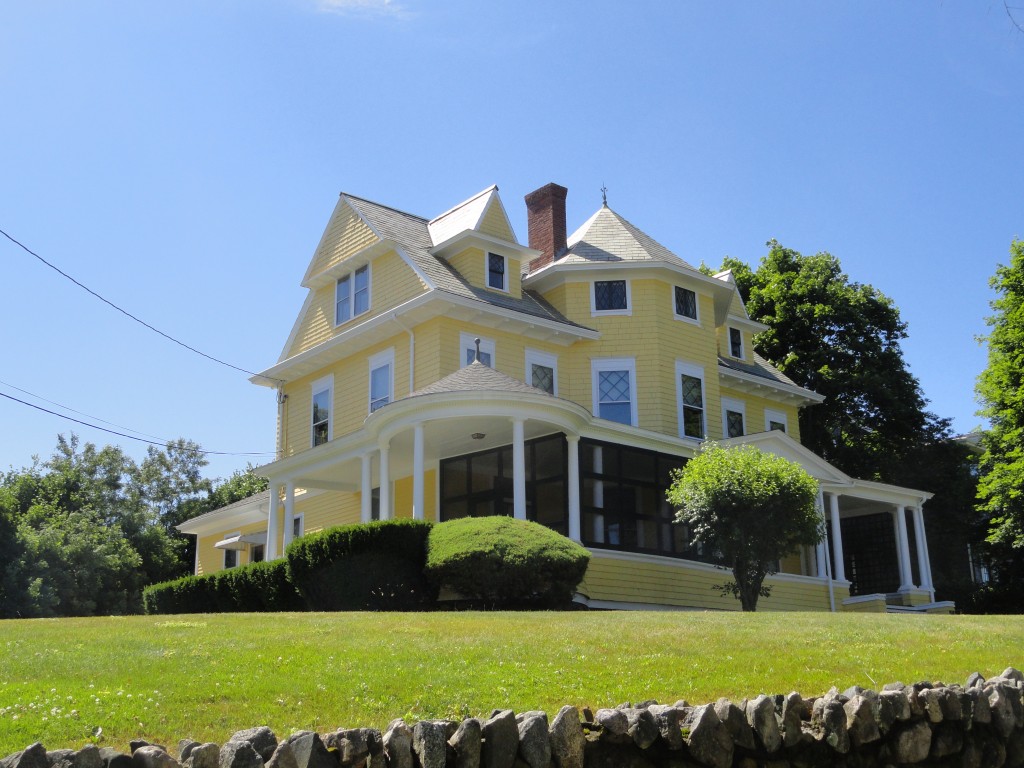
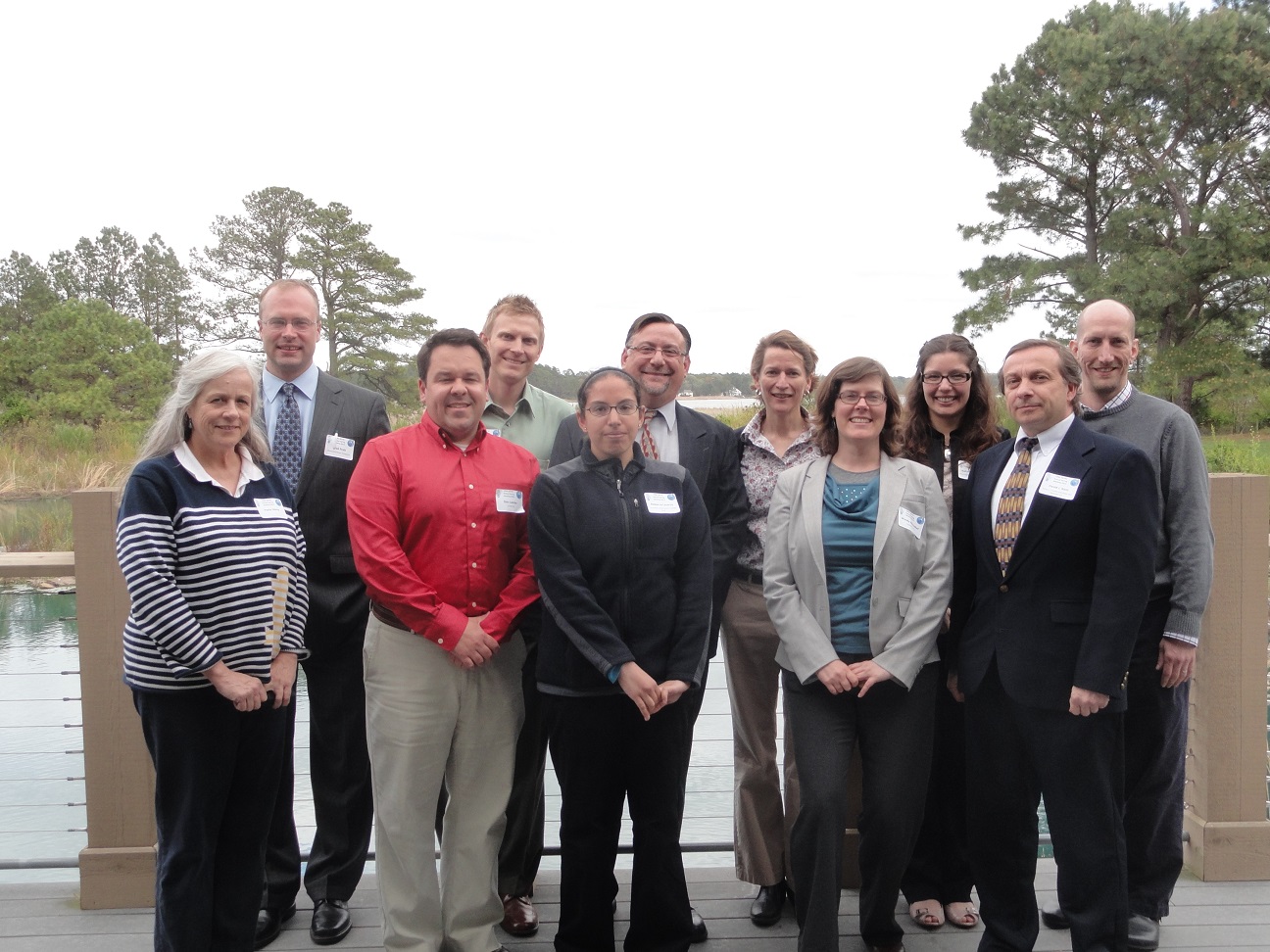

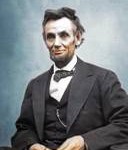
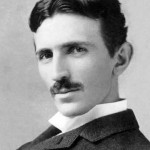 Tesla world has been equally busy. I continue to work on the Tesla and Renewable Energy ebook I expect to release in June. The ebook format will keep the cost low and allow reaching out to the large number of people who haven’t yet discovered the great inventor. Meanwhile, the second printing of my
Tesla world has been equally busy. I continue to work on the Tesla and Renewable Energy ebook I expect to release in June. The ebook format will keep the cost low and allow reaching out to the large number of people who haven’t yet discovered the great inventor. Meanwhile, the second printing of my 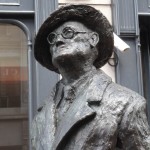 I’ve been documenting on these pages some of the highlights of my February 2014 trip to
I’ve been documenting on these pages some of the highlights of my February 2014 trip to 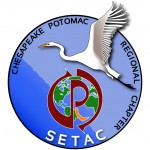 The following is a cross-posting from the Chesapeake-Potomac Regional Chapter of SETAC.
The following is a cross-posting from the Chesapeake-Potomac Regional Chapter of SETAC. 